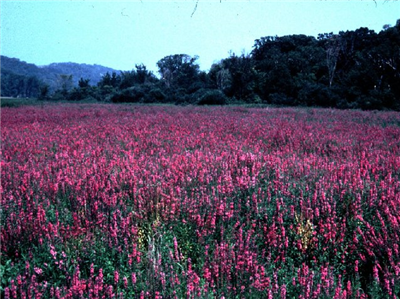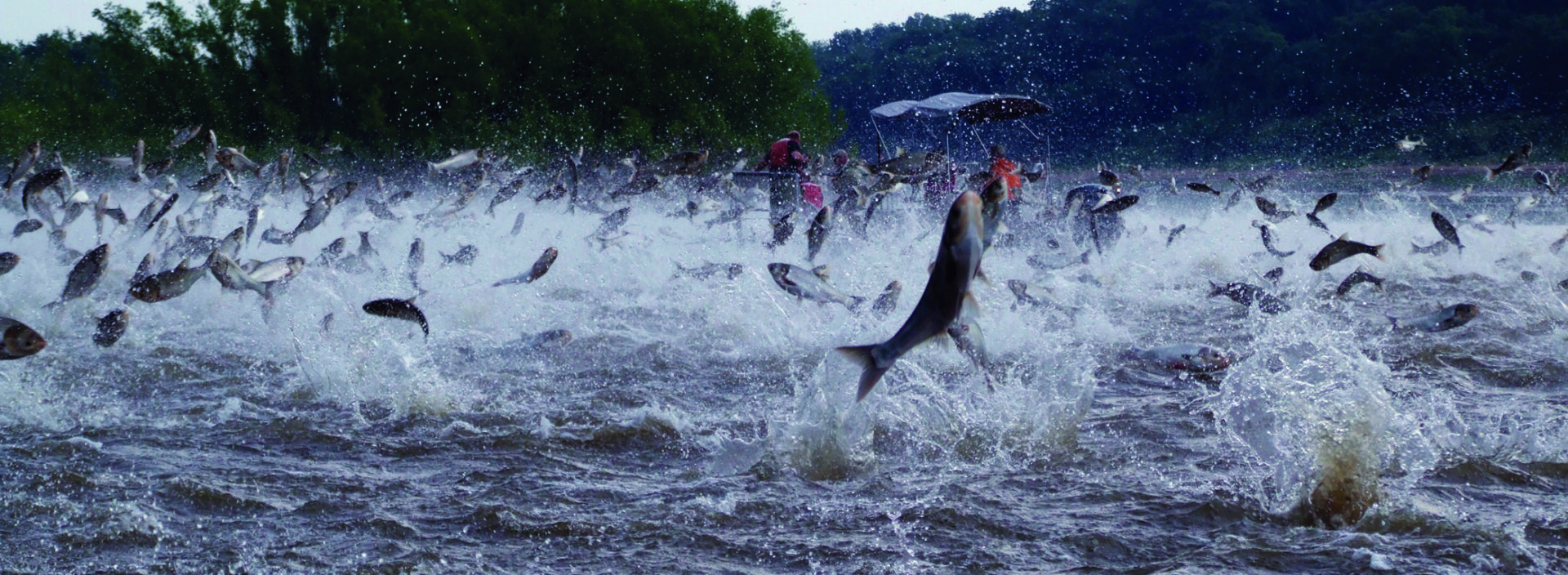How did it get here?
- Arrived in North America as early as the 1800s.
- Settlers brought it for their gardens, and it may also have come when ships used rocks for ballast.
- Purple loosestrife has spread across the 48 United States and Canada, with the exclusion of Texas.
- It is native to Europe and Asia.
Why is purple loosestrife a problem?
- It is a very hardy perennial and aggressive plant.
- Purple loosestrife invades wetlands and moist soil areas.
- It crowds out native plants.
- It has very little food value for animals.
[su_row]
[su_column size=”1/2″ center=”no” class=””] [/su_column]
[/su_column]
[su_column size=”1/2″ center=”no” class=””]
[/su_row]
What does it look like?
- Purple loosestrife can be 4-7 feet tall and have up to 30 flowered spikes.
- Each plant can produce 2.5 million seeds a year.
How do we control purple loosestrife?
- Small patches can be dug up by hand and then dried and burned.
- Herbicides can be used, but they will affect other plants and possibly kill some of the good plants.
- Galerucella beetles feed only on purple loosestrife, these beetles can be released on the plants, but this can take a long time to bring an infestation under control.


